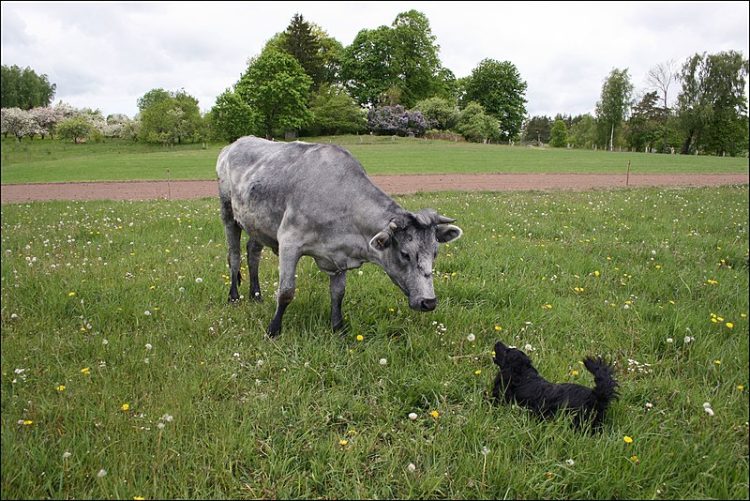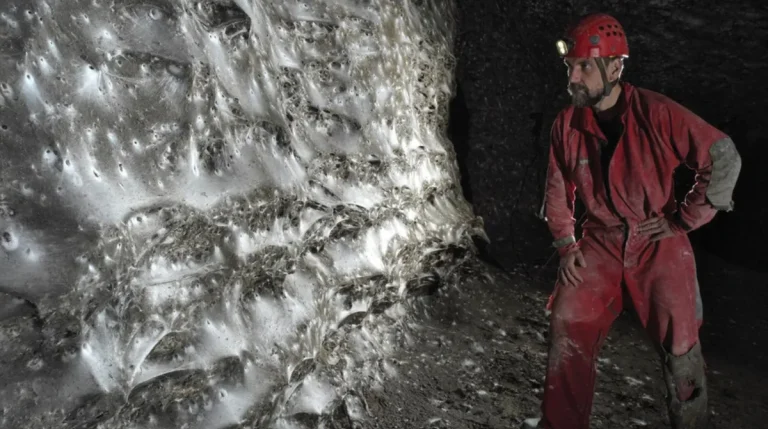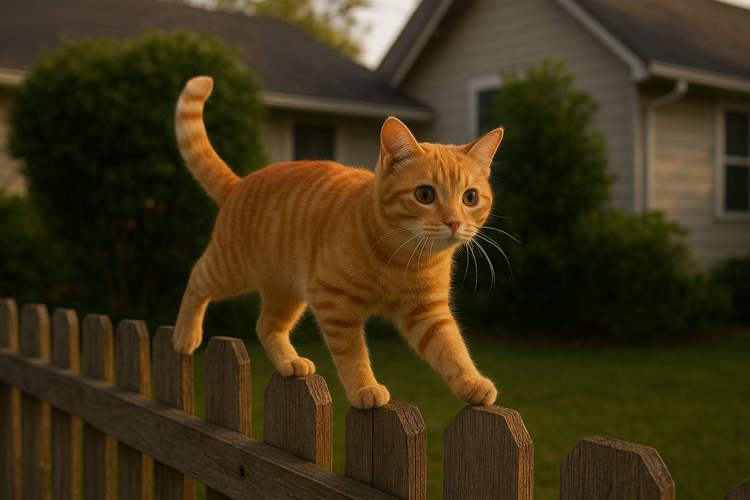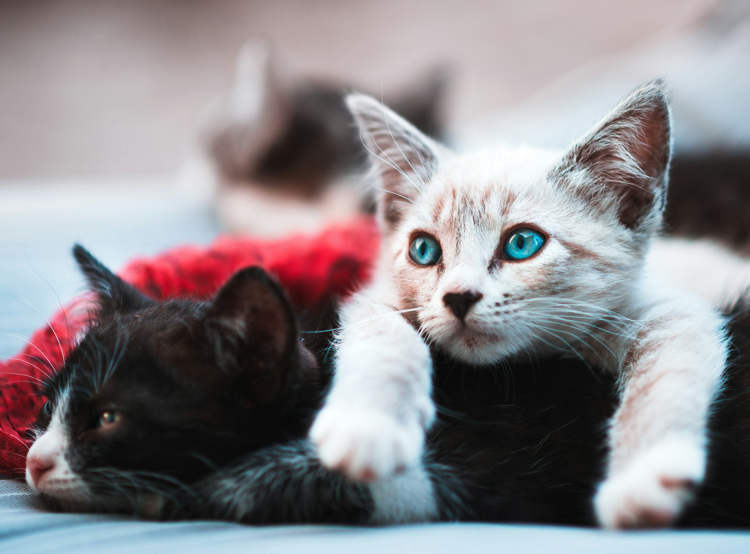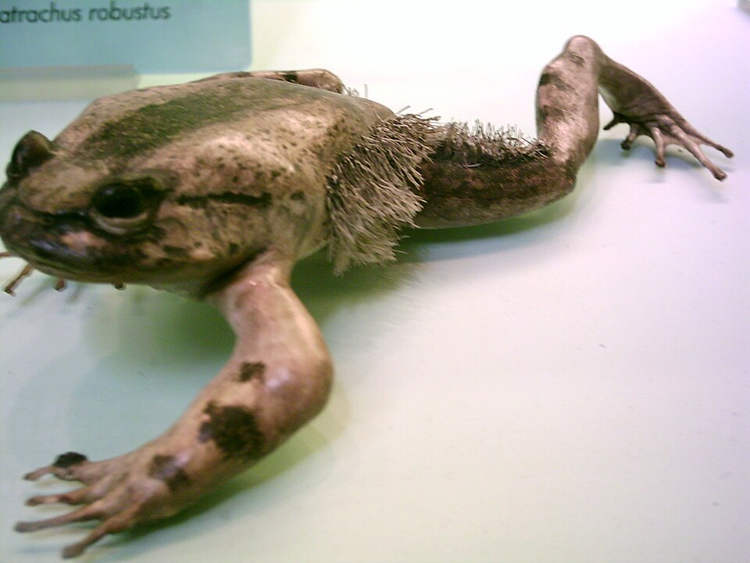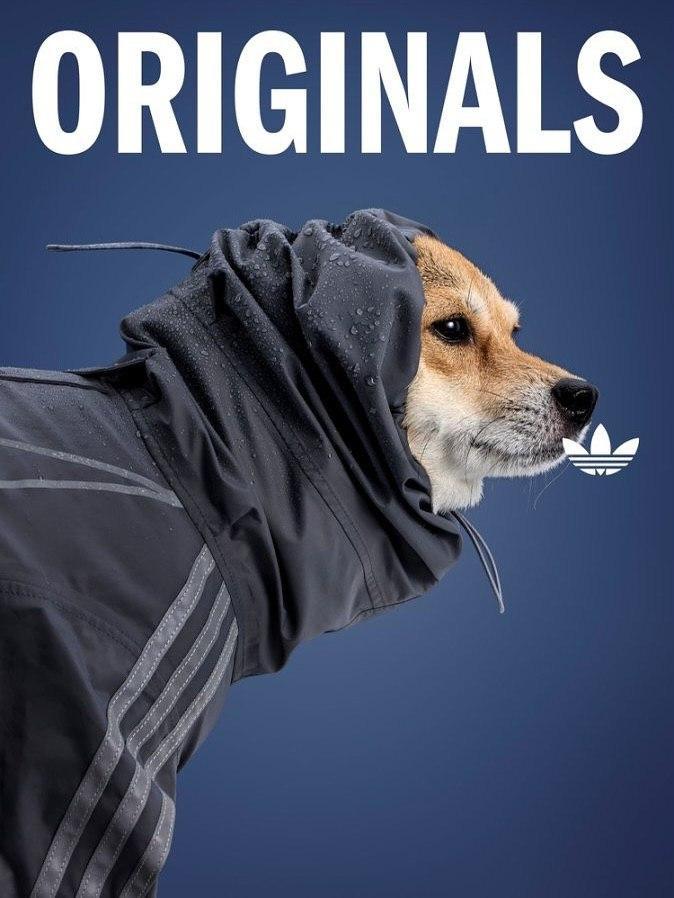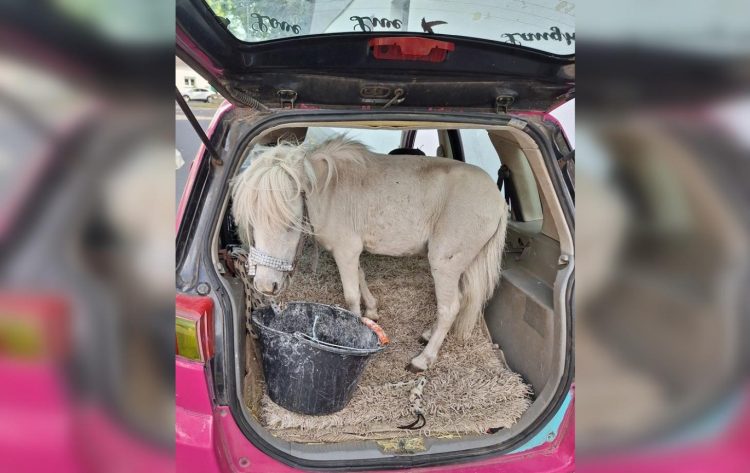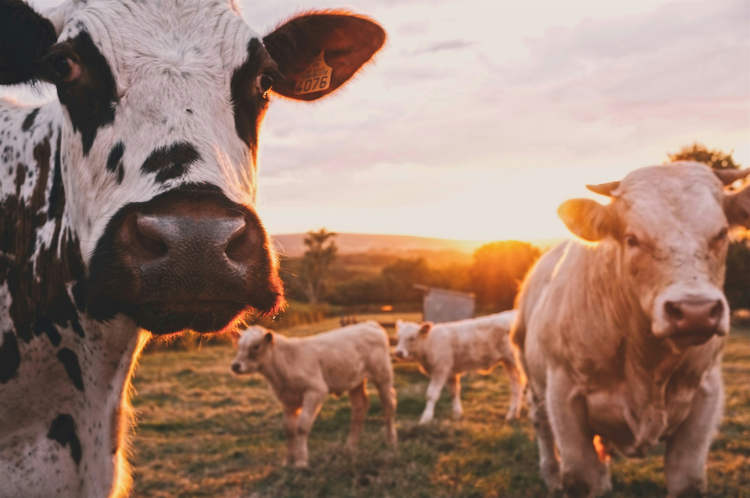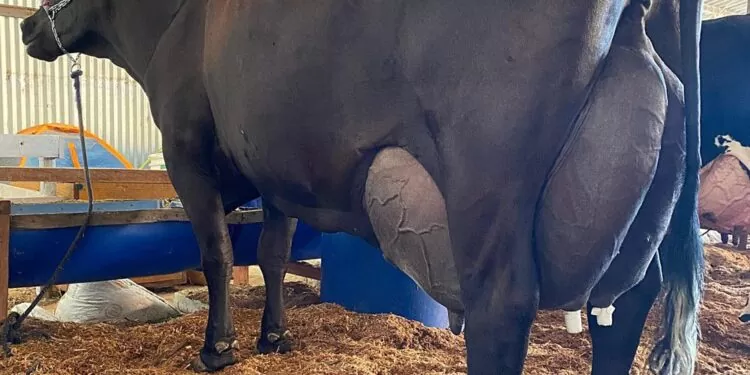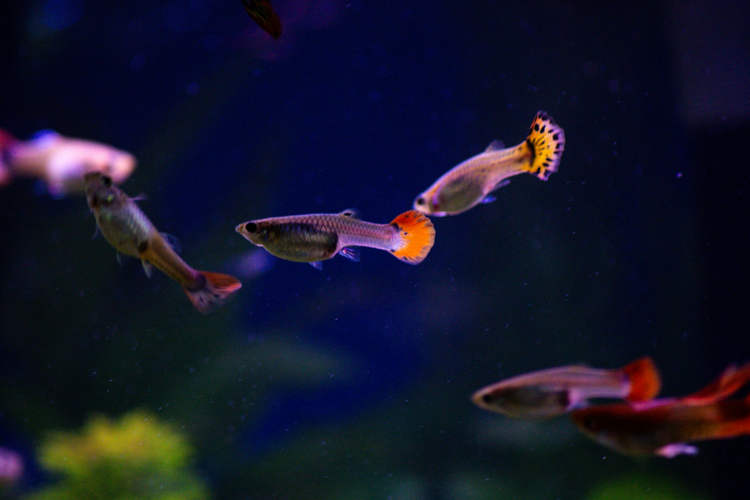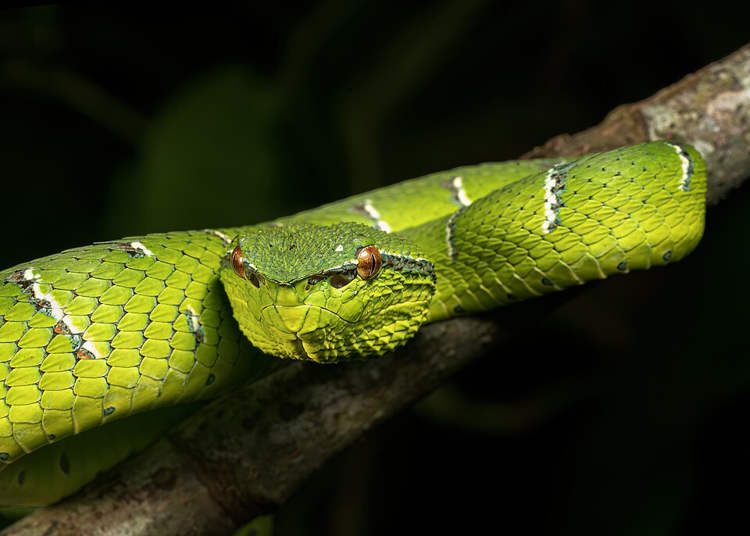Once driven close to extinction, the blue cows of Latvia, a proud symbol of the Baltic country, have been making a comeback over the last couple of decades.
Originally found only on the Baltic coast in the Kurzeme region, cows with light blue or dark ultramarine hides can now be found grazing all over the Latvian countryside. In the Soviet era, they were rendered almost extinct, with only a few specimens surviving the culling. Even back in the year 2000 there were only 18 blue cows in Latvia, but today they number around 1,500. The unique breed is now considered a symbol of national identity.
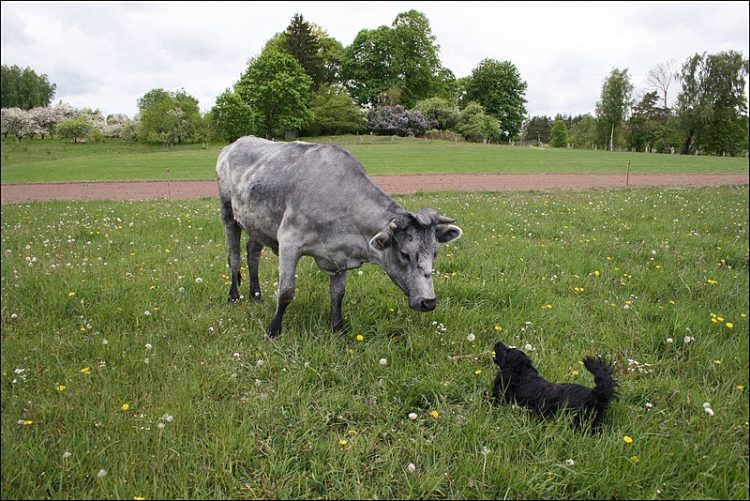
Photo: Laime Gutmane/Wikimedia Commons
Legend has it that blue cows get their color from the sea, but the fact is that they are born almost beige, and gradually change color as time passes. The pigment that colors the cows’ fur a dark blue also affects the flesh of the animal, producing beef that is exceptionally dark and a bit offputting to some beef fans.
Latvian blue cows produced less milk than average cattle – 5,000 liters per cow per year compared to 8,000 for the popular Holstein breed, for example – and even though it is considered healthier and more nutritious, the Soviets considered it a disadvantage.
Not ones to appreciate animals for their qualities rather than their shortcomings, the Soviets set out to replace the Latvian blue cow with more generic cattle breeds that yielded more beef and dairy. This caused the blue cow to almost go extinct. Luckily, the play was saved by a theater play.
View this post on Instagram
In the 1970s, Latvian playwright Gunars Priede launched the play “The Blue One”, a resounding success that brought the Latvian blue cattle back into public consciousness and became a symbol of vanishing national identity. By 2006, the Blue Cow Association was founded, with the main goal of saving the breed.
View this post on Instagram
Latvian blue cows not only look cool, but they are more resilient than most breeds, being able to “live all year round outdoors, even during the winter frosts, which many other cattle breeds can’t endure,” according to AFP. It;s also apparently resistant to the bovine leukosis virus, which may help scientists identify a gene that might benefit other cow breeds in the future.

